An expert guide to the best deep-drilling equipment
Many sites and situations call for deep, investigative drilling and in these cases, specialists are sought for their unmatched services.
To many, drilling deep into the ground may sound like a fairly straightforward procedure, but in actual fact, it takes an enormous amount of technique, precision and understanding to effectively use the required piece of machinery.
Reece Brays, Operations Manager at Borehole Solutions, has provided a list of their equipment and methodologies, and shared the skills, knowledge and expertise that goes into making them work.
The drilling team at Borehole Solutions implements a variety of equipment, from compact CPT rigs to enormous sonic drilling rigs; each with its own unique range of uses.
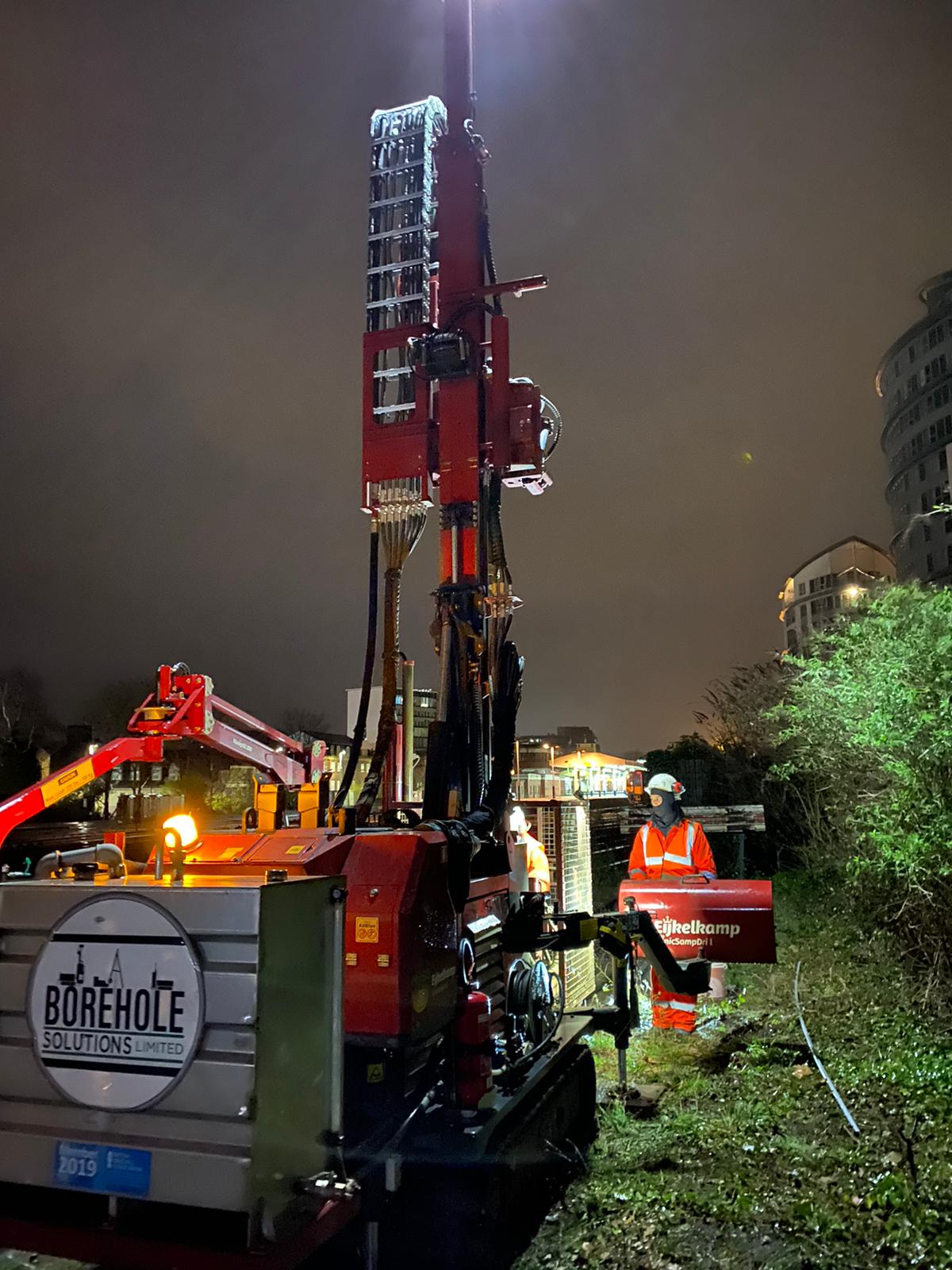
Eijkelkamp SonicSampDrill
Sonic drilling is a soil penetration technique which offers a considerably reduced amount of friction on the drill string and bit. All kind of soil penetration is made easier due to the sonic rigs combination of liquefaction, inertia effects and a temporary reduction of the soil’s porosity. This technology allows for faster penetration of any material, including bedrock.
A high-frequency, resonant energy is generated by the oscillator within the drill head, which is then directed down into the drill string. This resonant energy is combined with rotational movement during drilling, which evenly distributes the energy, resulting in an impact to the drill bit and string.
The amount of sonic vibration generated by the drill head is controlled by the drill operator, who aims to match the force needed to optimally penetrate the soil and bedrock formations.
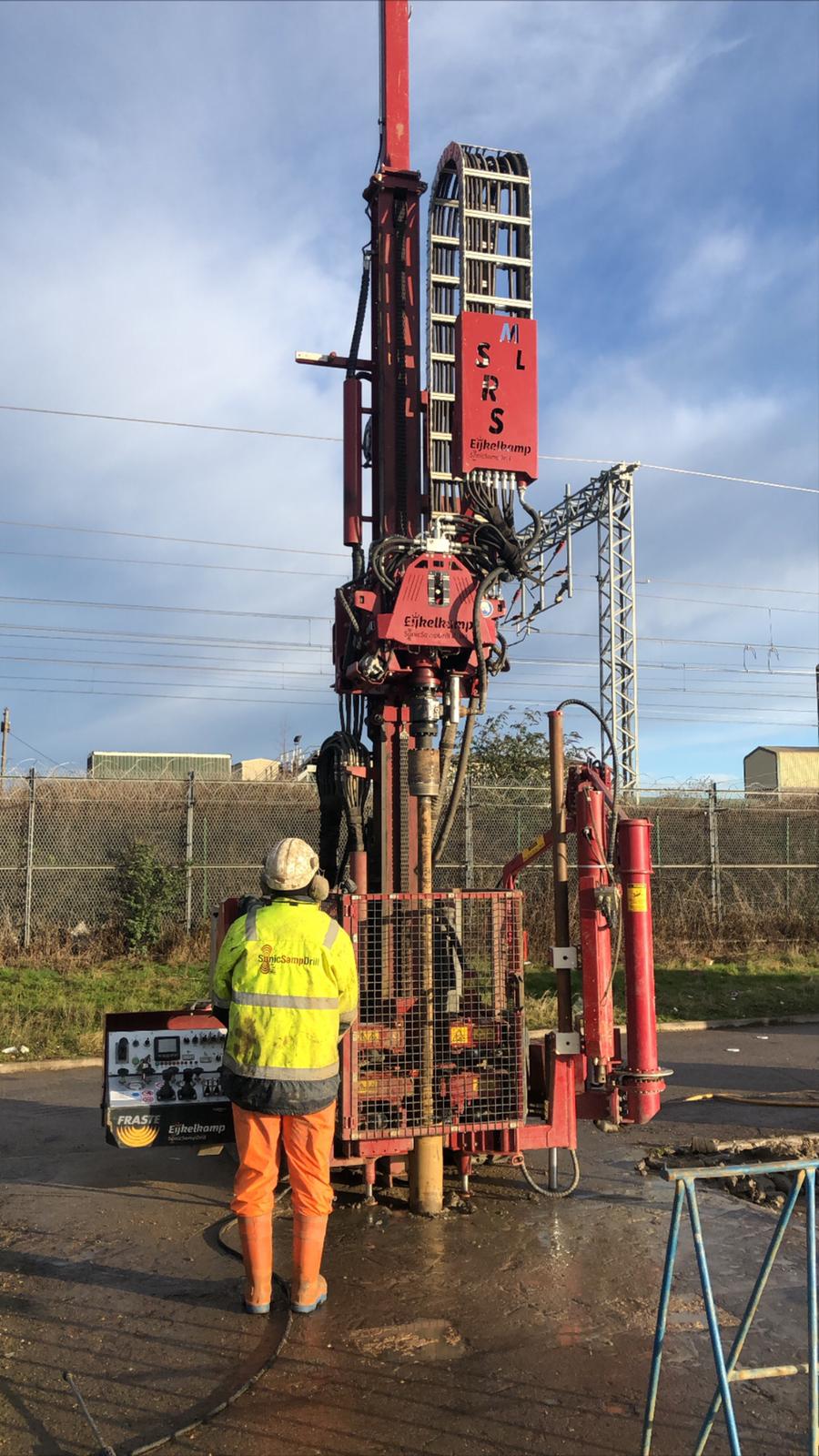
Sonic Mechanics
Once the Eijkelkamp SonicSampDrill drill head is engaged, the entire drill string is brought to a vibration frequency of up to 150Hz, resulting in the very thin zone directly surrounding the drill string and bit to lose structure. This reduces the friction of the soil, in turn allowing the drilling to become much more fluid, and offering minimal resistance when the equipment is removed from the bore hole.
The collection of long and continuous samples is enabled by the liquefaction and inertia effects, and the vertical high-frequency movement forces the drill string to stay extremely straight with minimal deflection.
Sonic drilling requires less power to achieve the same effect as conventional drilling, as there is reduced friction to the length of the drill string. Applying sonic high frequency also offers the benefit of retrieving the drill string with ease, regardless of the material or difficult conditions.
Obtaining a continuous core sample in unconsolidated formations is difficult when implementing conventional drilling methods. The SonicSampDrill drill rigs, however, excel in the penetration of soft, mixed, hard, and all other types of overburdens. This provides excellent, undisturbed samples with a formidable track record of recovery.
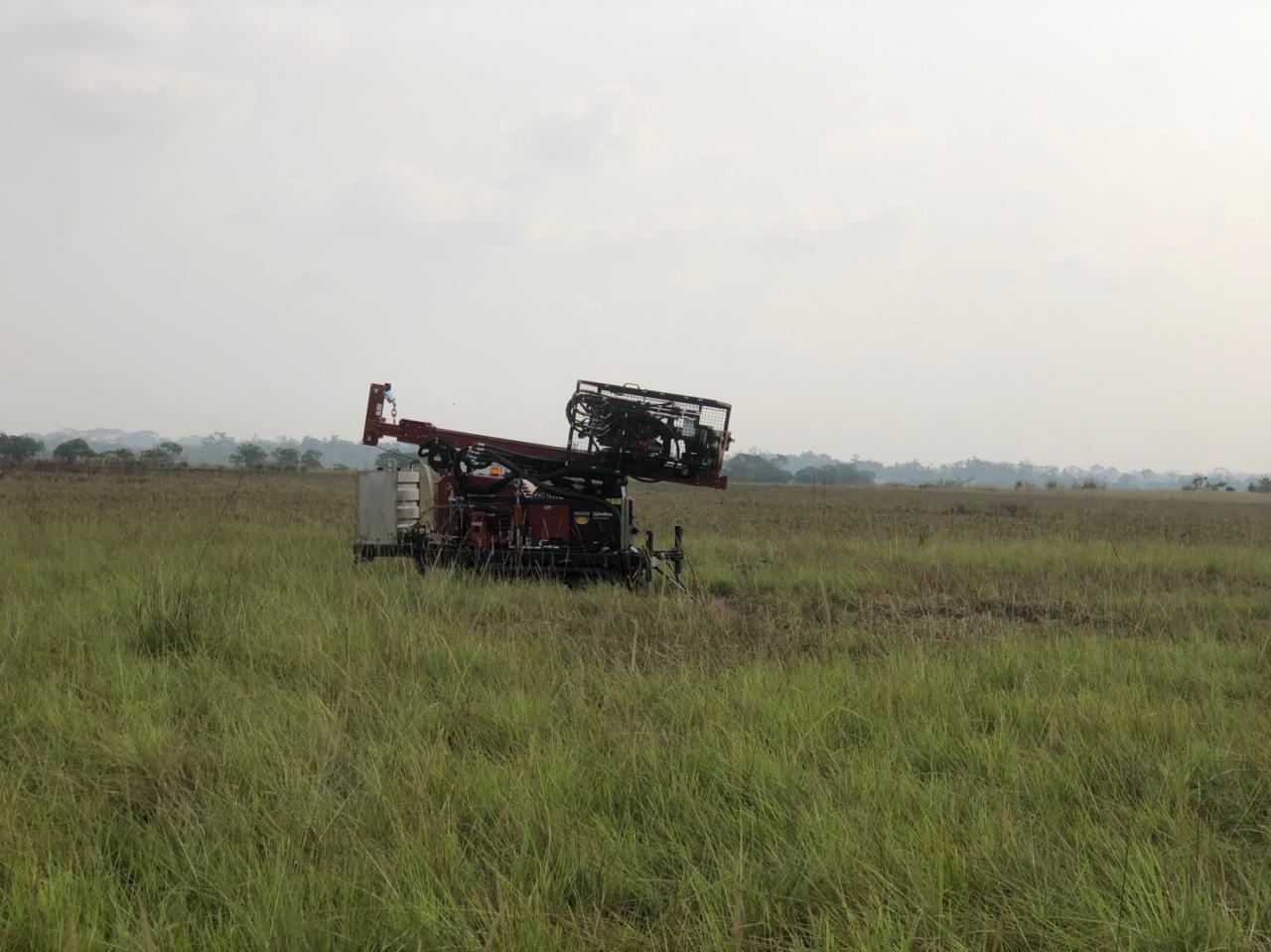
The Compact CPT Rig
The Compact CPT Rig is small, but incredibly powerful. It has a high reaction force thanks to its four ground anchors and is equipped to provide up to 100kN of effective pushing force. This rig provides the option of detaching the CPT tower and anchoring it to a floor, wall, or even ceiling – excellent when working in a confined space. This also allows for the CPT pushing rams to be used for CPT testing separately from the Compact CPT Rig – which is used as a hydraulic power pack.
This essential piece of drilling equipment is shockingly powerful despite its small size, considerably easy to operate, and can be transported in a standard van which makes it a convenient piece of machinery for many sites.
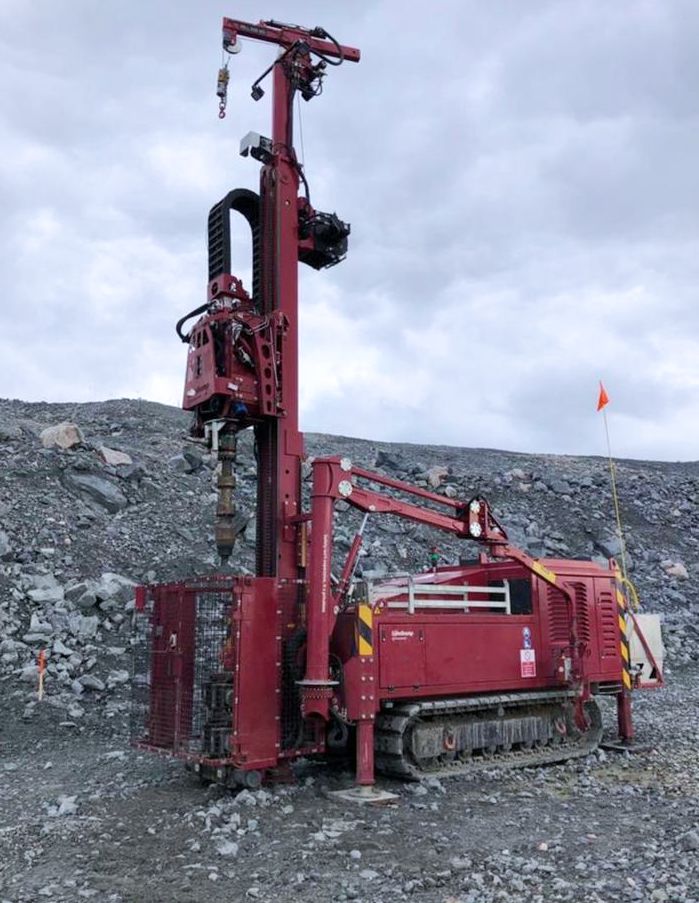
Windowless sampling
Windowless sampling is carried out by tracked percussive rigs. Samples can, however, be extruded using hand-held pneumatic window samplers, which are also ideal for domestic oil spill investigations and subsoil inspection/validation.
Window sampling is particularly suited to contamination investigations, restricted access sites, and sites where minimal disturbance must be guaranteed. Dynamic probe testing can also be carried out by this track-mounted equipment.
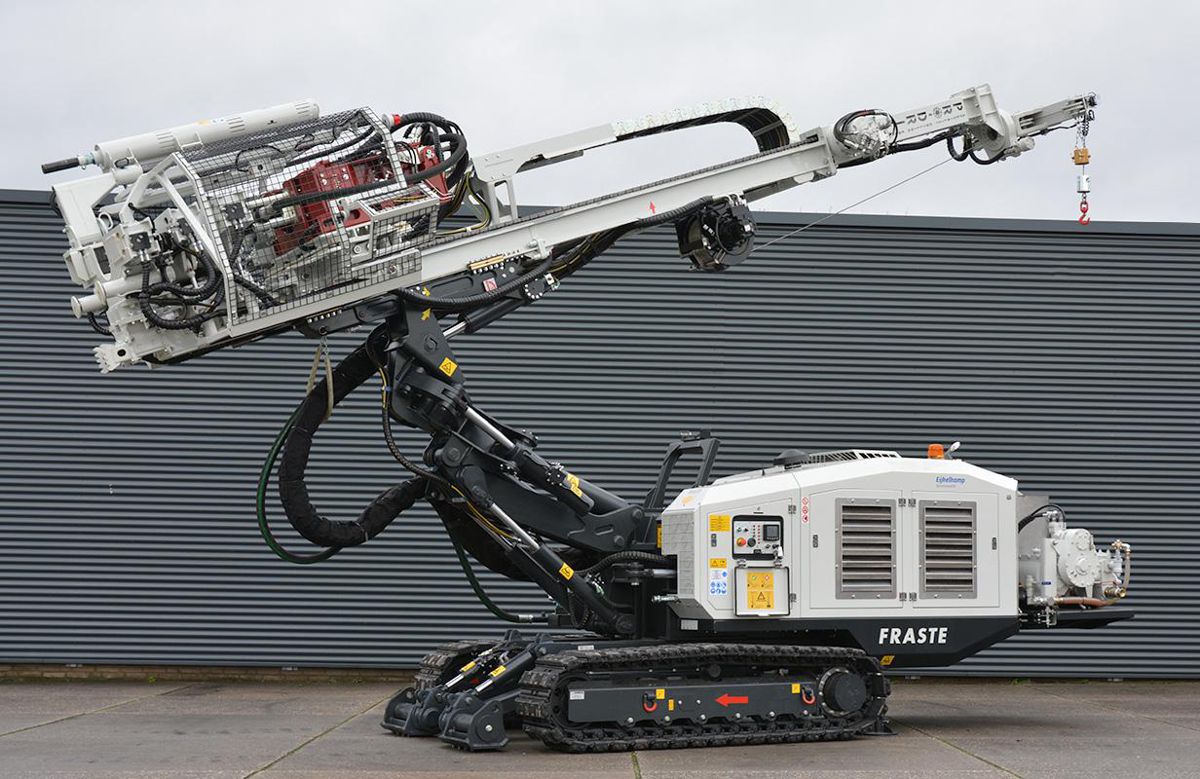
Cable Percussion Drilling
This method of drilling is optimal for weak and superficial formations during site investigations, and is also incredibly cost effective. Depending on ground conditions, this rig is able to drill a 150-300mm diameter, to depths of up to 100 meters.
These rigs have multiple capabilities, including standard penetration tests, chiselling and boring.
Cutdown Cable Percussion drilling
The cutdown cable percussion rig was designed in-house and offers the practicality of being stripped down to component parts. This allows for the rig to be moved on to the drill position before being rebuilt. The largest component part is 0.8m in width by 1m in length, giving the drill operator the ability to carry it through a standard doorway.
By having all of this equipment to hand and ready to use, geotechnical drilling companies, like Borehole Solutions, are able to work around a site, rather than ineffectively making the site work for them and their traditionally larger equipment.
With these varying pieces of machinery to hand, it’s clear that there are very few situations where drilling work can’t be done to the highest degree of quality.




















